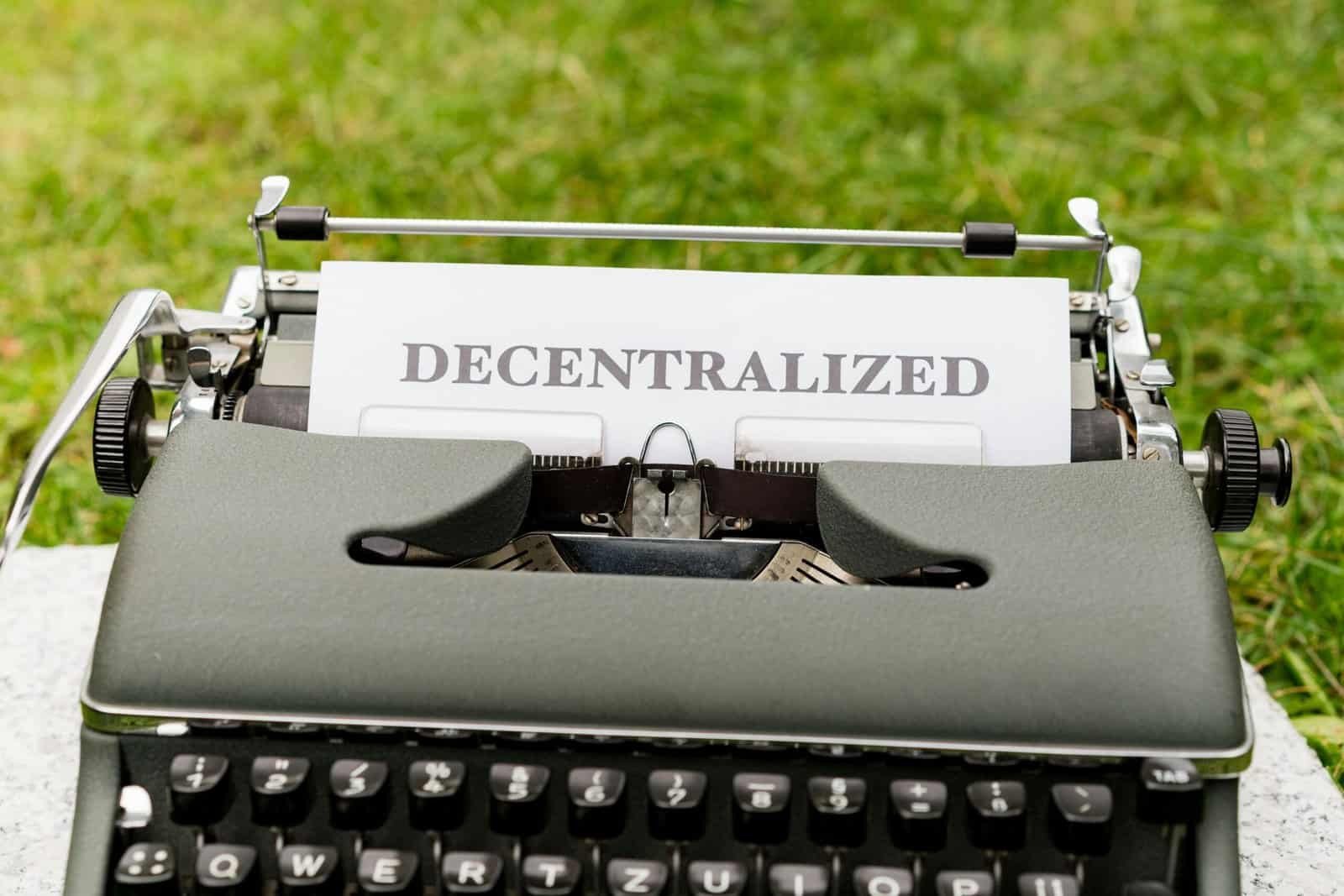Have you ever wondered how your on-chain activities affect your digital reputation? The blockchain revolution has brought about a new era where every transaction, interaction, and engagement leaves a trace. With this shift, having a robust on-chain credit score is becoming increasingly important. It can affect everything from your ability to secure loans to how you engage with decentralized applications. But what exactly is “LayerZero,” and how does it play into this intricate world of blockchain-based credit scores? Let’s delve into this emerging topic.

Understanding LayerZero
LayerZero is not just a technical term; it’s a groundbreaking concept reshaping how we perceive our digital identities on the blockchain. Unlike traditional credit scores, which rely on centralized institutions to evaluate your creditworthiness, an on-chain credit score considers your blockchain activities. LayerZero acts as a foundational protocol layer that can navigate multiple blockchain ecosystems, bringing them together in harmony and facilitating a seamless experience.
What is LayerZero?
At its core, LayerZero aims to provide a decentralized solution for evaluating creditworthiness. By leveraging data from multiple blockchain networks, LayerZero creates a comprehensive on-chain profile for each individual or entity. This profile includes activities, transaction history, and interactions with various decentralized applications (dApps). By doing so, LayerZero not only enhances transparency but also introduces a more democratic way of assessing credit potential.
The Importance of Decentralization
Why decentralization, you might ask? Traditional financial systems are often criticized for being opaque and exclusive. They rely on centralized bodies that may not always have the best interests of individuals at heart. LayerZero, being decentralized, empowers individuals by offering a transparent way to build and manage their digital reputation. It removes intermediaries, thus granting users more control over their data and interactions.
How On-chain Credit Scores Work
LayerZero’s take on credit scoring revolves largely around your blockchain footprint. But how exactly does this mechanism operate? It’s essential to understand that on-chain credit scores are compiled from publicly accessible data across different blockchains.
Data Sources
The data that forms your on-chain credit score is derived from various sources: your transaction history, the assets you hold, your interactions with smart contracts, and even your engagement with different blockchain networks. This data is aggregated to form a comprehensive view of your digital financial behavior.
| Data Source | Description |
|---|---|
| Transaction History | Records of your previous transactions on the blockchain. |
| Asset Holdings | Details about the digital assets you own. |
| Smart Contracts | Interactions and agreements made via smart contracts. |
| Network Engagement | Frequency and type of engagement with different networks. |
The Scoring Algorithm
LayerZero uses advanced algorithms to analyze the collected data. These algorithms are transparent and open-source, ensuring there is no hidden manipulation. They consider factors like your transaction frequency, network diversity, and asset stability to calculate your final score. It’s a holistic approach, diverging from traditional models that might only consider credit card payments and debts.
Benefits of LayerZero’s On-chain Credit Score
The advantages of using LayerZero for on-chain credit scoring are numerous. One of the most notable is the inclusivity it offers to those traditionally excluded from financial systems, like individuals in underbanked regions.
Financial Access and Inclusion
With LayerZero, anyone with blockchain access, regardless of their financial history in traditional systems, can create a new profile. This means people without access to conventional banking services still have the opportunity to establish their financial reputation.
Enhanced Security and Transparency
Because blockchain data is immutable and visible to everyone, LayerZero inherently promotes transparency and security. Users know exactly how their score is calculated and have control over who sees it. Plus, the open-source nature of the algorithm builds trust among users.
Improved Lending Opportunities
For lenders, LayerZero’s on-chain credit score provides an additional layer of reliability when assessing potential borrowers. This transparent metric allows them to reach decisions while minimizing risks associated with hidden debts or false reports.
Challenges and Limitations
While the concept is promising, it is crucial to identify and address potential challenges and limitations of LayerZero’s on-chain credit scores.
Interoperability Concerns
The need for seamless interaction between various blockchain ecosystems is paramount. LayerZero needs to ensure that data from different chains is processed and interpreted uniformly, which can be technically challenging.
Data Privacy Issues
While transparency is a boon, it also raises questions about privacy. Some individuals might not be comfortable with the level of visibility the score provides, and mechanisms must be in place to address these concerns appropriately.
Regulatory Hurdles
As blockchain technology grows, so does the interest of regulators worldwide. Ensuring compliance with different jurisdictions while maintaining decentralized principles will be a balancing act LayerZero must navigate.

The Future of On-chain Credit Scoring
The evolution of LayerZero and the broader adoption of on-chain credit scoring systems could radically alter global finance. Let’s explore some potential future developments you should be aware of.
Expanded Adoption
As more people recognize the value of a transparent and equitable financial reputation system, LayerZero could become a fundamental component of financial assessments worldwide. This shift may gradually eliminate conventional credit scores as we know them.
Integration with Traditional Finance
There’s a possibility for LayerZero to integrate with traditional financial institutions, creating a hybrid model that blends conventional and blockchain-based data for an even richer financial profile. This could open the doors for more innovative financial products.
Innovations and Improvements
The world of blockchain is ever-evolving, and so too are the technologies that power it. On-chain credit scoring via LayerZero can expect enhancements in algorithm efficiency, data processing speed, and integration simplicity.
Getting Started with LayerZero
Are you excited about the possibilities and want to start building your on-chain credit score? Here’s a simple guide to get you started.
Setting Up Your Digital Wallet
Your first step is to set up a digital wallet. This wallet will serve as your gateway to the blockchain universe. Keep in mind the importance of choosing a secure and reliable wallet provider that supports multiple blockchain networks.
Engaging with Blockchain Networks
Once your wallet is ready, begin engaging with various blockchain networks. Conduct transactions, experiment with smart contracts, and explore different dApps. The broader and more active your engagement, the better your on-chain credit score will be.
Monitoring Your Score
Keep track of your on-chain credit score via platforms that provide scoring insights based on LayerZero. Monitoring your score can help you understand how your actions affect your digital reputation and guide you in maintaining a positive profile.

Conclusion
LayerZero represents a significant shift in how we interact with and assess financial credibility in the digital age. It’s about moving towards a more egalitarian system where your blockchain activity speaks for itself. While challenges remain, the benefits of a transparent, decentralized credit scoring system are vast and compelling. By fostering greater inclusivity and trust, LayerZero and on-chain credit scores could potentially redefine global financial systems for the better. Engage with it wisely, and it might become one of your most valuable assets in the digital world.

